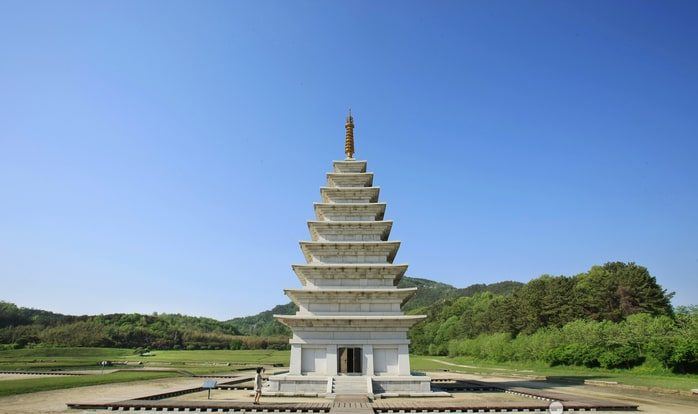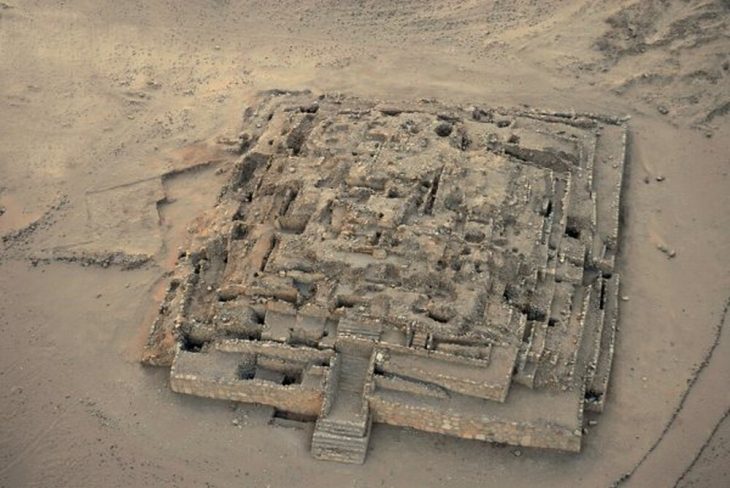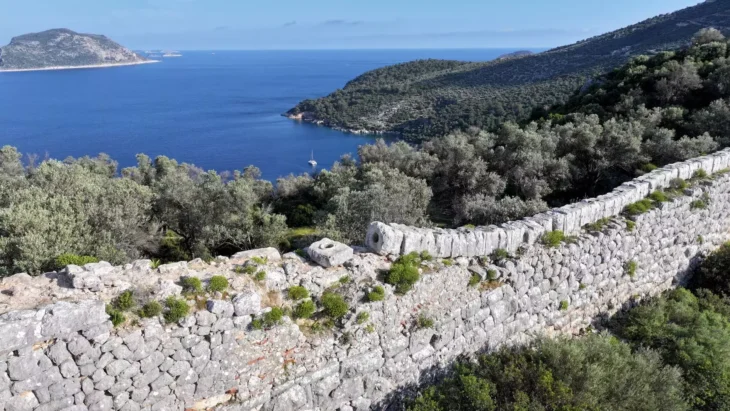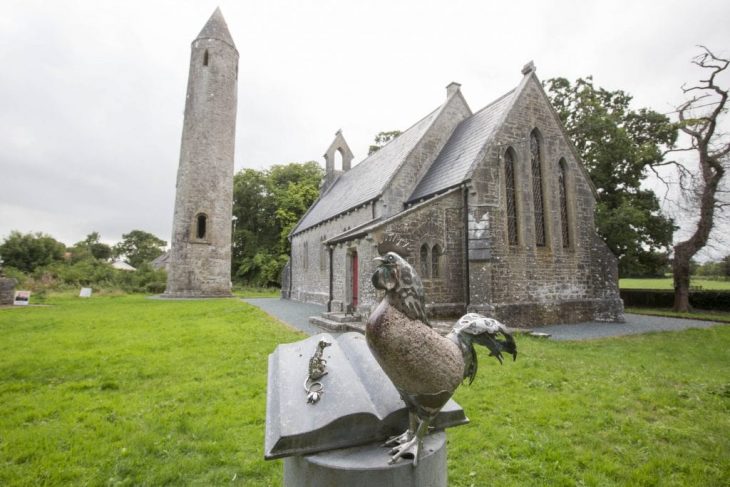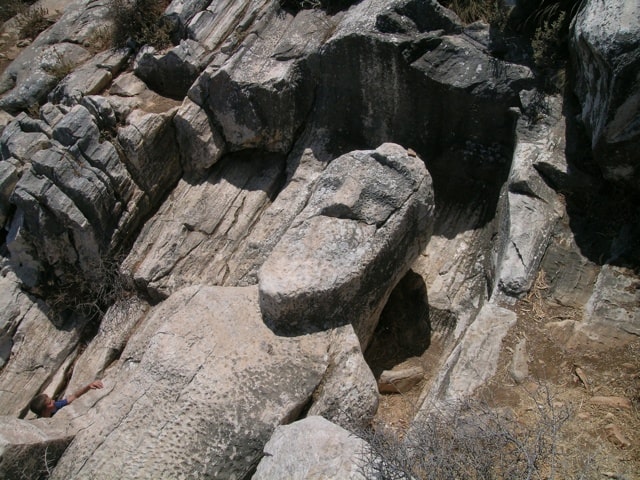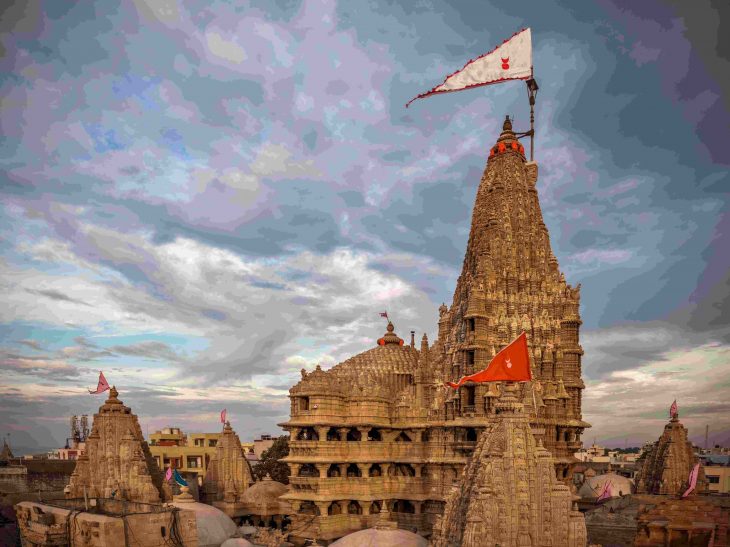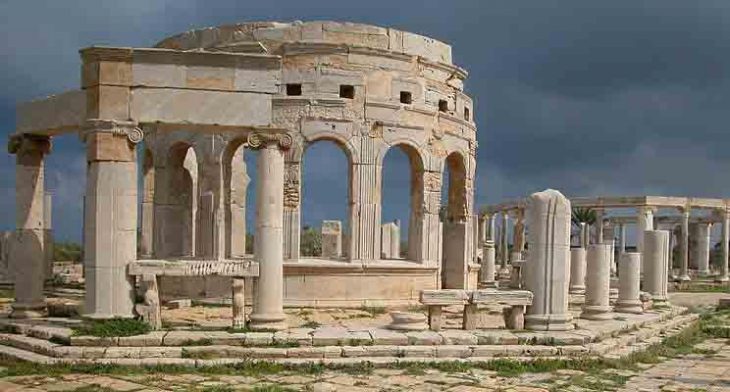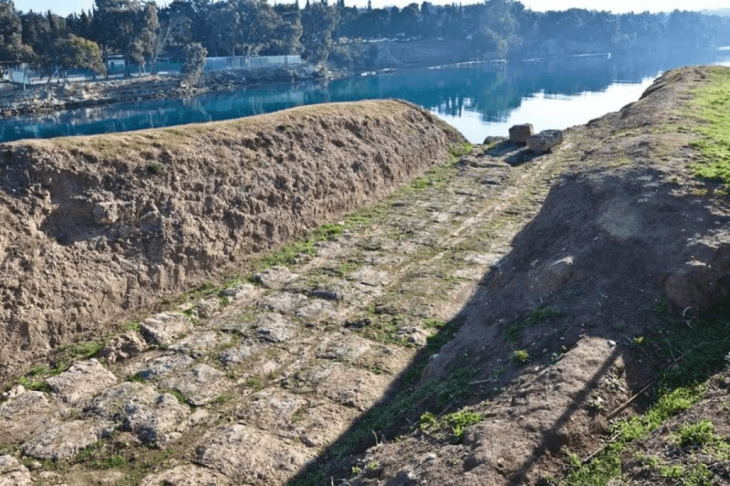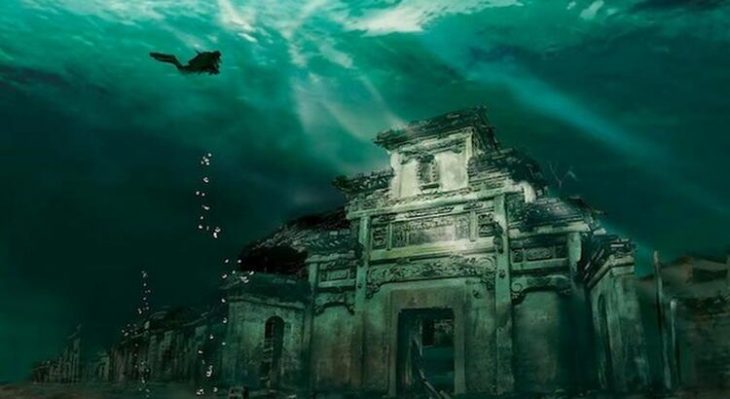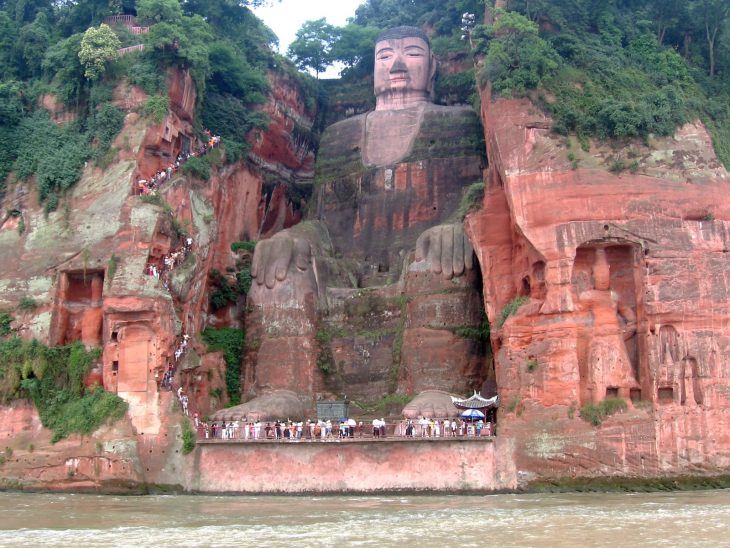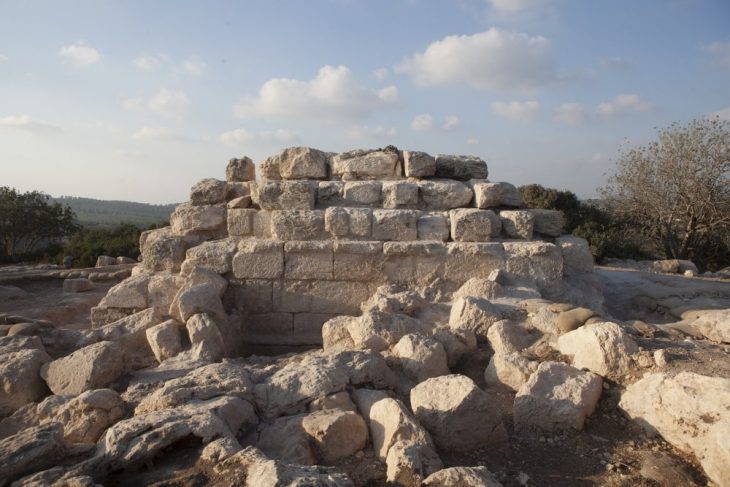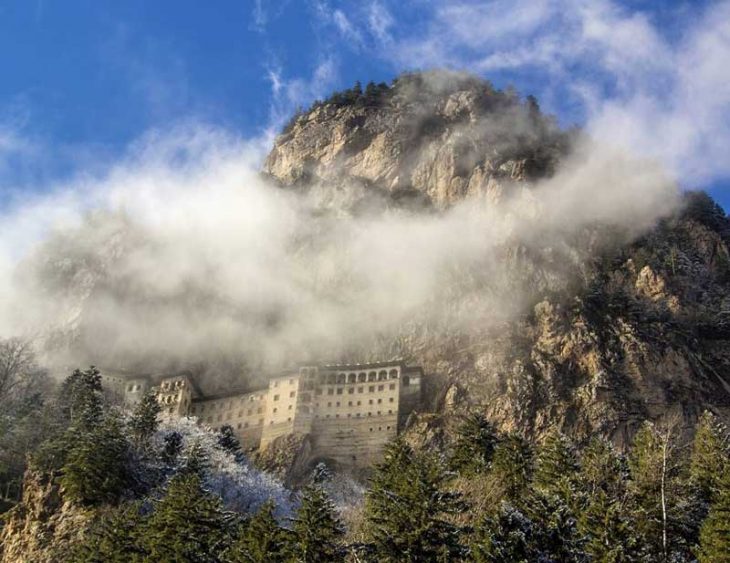Baekje (18 B.C. to A.D. 660) is one of Korea’s Three Kingdoms Period’s lesser-known eras (57 B.C. to A.D. 668).
The “Baekje Historic Areas” are made up of eight archaeological sites. These sites are distributed over three cities in South Chungcheong and North Jeolla: Gongju, Buyeo, and Iksan.
The eight sites include Gongsanseong and Songsan-ri King Tombs related to Baekje’s capital city of Ungjin (now Gongju); Guanbuk-ri Administrative Building, Fusu Mountain Fortress, Jeongrimsa Temple, and Neungsanri Kings related to the relocated capital of Saba (now Buyeo) The royal tombs, etc.; finally, the royal palace in the royal palace and Iksan Mireuksa Temple, which are related to the later period of Sabi.
The archaeological sites and buildings of the Baekje historical site show the exchanges between the development of architectural technology and the spread of Buddhism in the ancient East Asian kingdoms of North Korea, China, and Japan. The capitals, Buddhist temples, mausoleums, architectural features, stone towers, etc. of the Baekje historical area have all contributed to the unique testimony of the unique culture, religion, and art of the Baekje Kingdom.
Mireuksa Temple
The Mireuksa Temple is located in Giyang-ri, Iksan-gun. According to Samguk yusa (Memorabilia of the Three Kingdoms), King Mu of the Baekje Dynasty and his queen witnessed the Maitreya Buddha Triad emerge at the pond down Yonghwasan Mountain on their route to Sajasa Temple. Later, at the queen’s request, King Mu had the pond reclaimed and pagodas, halls for the image of Buddha, and an ambulatory built. Mireuksa Temple was established during the time of King Mu and closed during the Joseon Dynasty, according to the record.
📣 Our WhatsApp channel is now LIVE! Stay up-to-date with the latest news and updates, just click here to follow us on WhatsApp and never miss a thing!!
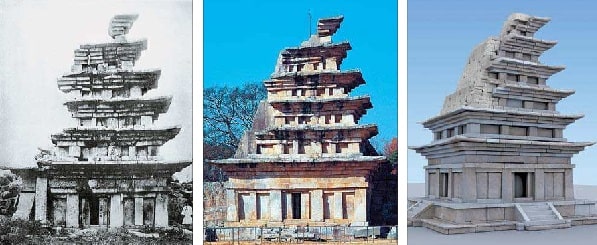
The temple features two stone pagodas, Dongtap (east pagoda) and Seotop (west pagoda), as well as one wooden pagoda in the middle and many rooms for the Buddha image behind the pagodas. The layout of the buildings of the temple is very unique, with the ambulatory dividing the buildings.
There are 5 main rooms and 4 side chambers in each of the Buddha image halls. The space beneath the room appears to have been built to protect the hardwood floor from dampness. Some temple structures that were fitted with Ondol (floor heating system) are significant in understanding the evolution of Ondol throughout the Goryeo and Joseon periods.
Roof tiles, earthen containers, metals, and timber items were among the temple’s unearthed remnants, some of which had writings inscribed on them. As the oldest stone pagoda, Seotap (west pagoda) has been recognized as National Treasure No. 11.
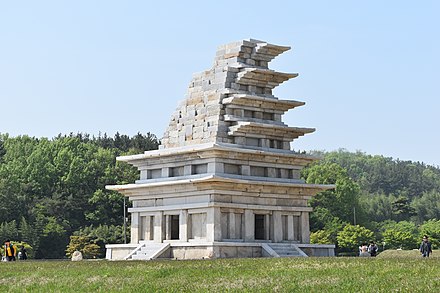
A miniature of the restored Mireuksa Temple may be seen in the pavilion. Mireuksa is a sort of guardian temple established with the purpose of preserving the state with the spirit of Buddha and was regarded highly significant until the end of the Baekje Dynasty, which has enormous historical significance.
The World Heritage Festival for “Baekje Historic Areas,”
If you want to see this wonderful temple and attend a special festival, August month is a great opportunity for that. Moreover, they also thought of those who could not attend due to covid 19.
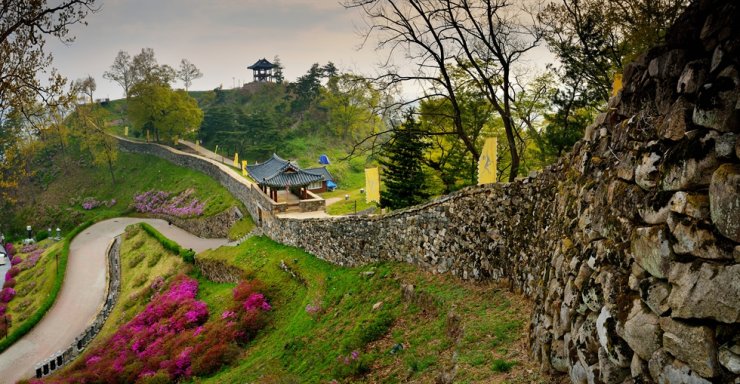
The World Heritage Festival for “Baekje Historic Areas,” which began on August 13 and will end on August 31, will feature 22 online and offline activities. On Aug. 13, the three cities had their opening ceremonies, which were also aired live online.
During the event, there will also be a 40-minute night tour of Gongsanseong. During the festival, the program runs from 8 p.m. to 10 p.m. daily, stopping at several pavilions within the castle. Because the program can only accommodate 40 participants each day, reservations are required.
Mireu Island inside Geumgangsingwan Park, On Aug. 28, gugak (traditional Korean music) ensemble Yeonjeong will perform. The performance begins at 8 p.m. and will also be streamed live.
Source: Cultural Heritage Administration

